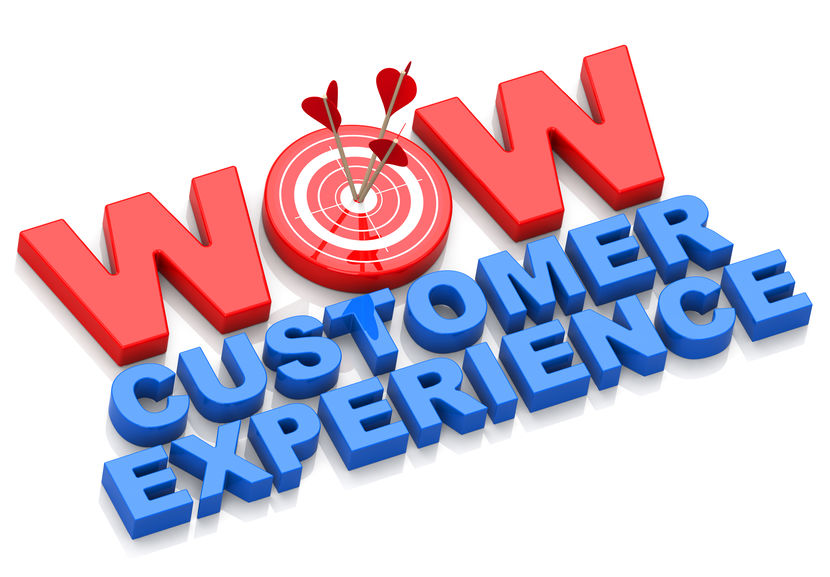by Christopher Oldman, Digital Marketing Specialist
Google processes about 99,000 searches per second (8.5 billion per day). While the dominant language is English, users search Google in local languages as well. This means that you’re missing out on a lot of traffic if you only cater to English-speaking users. Therefore, when thinking about our website development process, we should take into consideration translating our websites into other languages as well.
Below, we dig deeper into how to do multilingual SEO and offer insightful translation tips, so stay tuned to learn more about how to properly do it. But first, let’s focus on why website translation is the way to go.
Why Do Website Translations?
Website translation is increasingly gaining attention from marketers since there is a huge undiscovered potential here.
Despite the fact that there are about 4.66 billion Internet users in the world, most of the content online is written in English. When you compare that to the 1.35 billion people who speak English (as their native or second language), it’s easy to see a huge gap here.
For example, let’s say you have a blog post on your website about how to write optimized content, and it’s ranking really well. While it provides value to English-speaking visitors, it’s still off-limits to many people who want to learn how to write optimized content in their native language.
The bottom line is that websites are missing out on many potential visitors/customers if they only cater to English-speaking users.
Why reach only a fraction of internet users when you can expand your reach to other languages and capitalize on this often-neglected opportunity? Instead of focusing on the English language only, you can translate your existing content and reach those people as well. If this doesn’t convince you that you should translate your website into other languages, here are a few more reasons why website translation is something you should consider:
Increased Visibility
Translating your website into other languages boosts your brand’s visibility. It opens the door to millions of new visitors potentially and a whole new market for your product/service. Increased visibility translates to business growth, provided that you do everything right.
Better Rankings
A multilingual website has better chances of ranking higher in Google search results.
How so?
It’s simple, really. When you have a multilingual website or even a multi-regional one with subdomains or country-specific domains, all the traffic you receive from them contributes to your SEO ranking because search engines recognize it as part of a single website.
This means your website will get more traffic, plenty of new visitors, and will boost its position in search results.
How to Approach SEO Website Translation?
Translating your website to reach new visitors in their native languages is not a simple process though. It takes a careful approach and planning to execute it well so that you can reap the benefits of SEO translation.
Here’s how you should do it:
Build a successful site in English first
Before you embark on the complex task of translating your website to one or more different languages, you should first build a good website in English.
Building and translating a website in multiple languages at once is a time-consuming and costly process, so it’s better if you establish some authority first before you move on to translation.
Allocate enough time to the project
It’s also important to set aside enough time for this project. Website translation is not something you should do quickly and without careful strategizing.
Before you start this project, determine whether you can actually allocate enough time to it. If not, it’s better to postpone the project for later when you can actually devote your attention to it.
Perform keyword research in the target language
One of the first steps of SEO translation is figuring out which language you want to translate it to and then performing keyword research in the target language.
For example, if you’re interested in translating your website to German, check the competition there first and keyword search volume.
SEMrush and even Ahrefs can give you an insight into keywords that perform well in other languages.
We recommend steering clear from grammatically incorrect keywords if similar keywords with good grammar are available. Even though this is somewhat a practice even for some big brands, it’s still better to use accurate grammar.
Prioritize your main pages
Website translation can be very expensive, especially if you want to translate your entire website with all its content.
Ideally, you should translate your whole website but if you’re on a tight budget, start by determining what your main pages are. Which pages are most frequently visited?
Prioritize the pages that generate the most income for you and skip on the ones that you’re not so sure about.
Adapt language style to the local market
Your target audience is a crucial part of this strategy. You need to research the local market, figure out who your target audience is, what they like and dislike, etc. Then adapt your language to their values and rules.
Subdomains vs Country-Specific Domains vs Subfolders: Which One to use?
Using country-specific domains for other languages (such as example.de for Germany or example.fr for France) is a great option but also very expensive. Plus, you’ll have to start your SEO efforts from scratch for your translated website.
This is the best option if you have enough resources and plan on launching a big, international SEO campaign and building a website from scratch for each language/region. It’s also the best solution for businesses with locations across several regions.
Subdomains (de.example.com or fr.example.com) are a more affordable choice but you’d still have to build the rankings from scratch because it’s considered as a completely new website. However, this is the best option if you’re translating your entire site to another language.
Also, if your website already ranks high in search results, your new subdomain will get indexed more quickly. It enables you to focus on a target language, not an entire country.
Subfolders (example.com/de or example.com/fr) are by far the easiest and most affordable option, especially if you already have a successful website so that link juice can be passed to your subfolders.
They are also focused on a target language and not an entire country and present the simplest way to create a translated version of your site.
When thinking about which route to go, consider your overall goals you want to achieve with this translation. It depends on the type of business you run, your plans for the future, and of course, your budget.
Don’t Forget to Translate Titles, URL Slugs, and Meta Descriptions
When translating your website, don’t neglect SEO titles and meta titles. Since Google uses meta titles to index a page, keywords should be included in the meta description. This means you need to include the keywords in the translated version as well.
SEO titles help your content rank so translate these too and make sure you include the focus keyword here as well.
URL slugs are important because they provide context to users so you should translate them as well. This is the part that comes after the domain name, for example website.com/how-to-write-optimized-content.
Use Hreflang
As you know, hreflang is what specifies what language is being used on a certain page. It also shows which geographical location is being targeted.
The hreflang attribute is optional but it’s recommended to use it if you have the same content in different languages or even if you have localized webpages. Hreflang is important because when users search for something and come across your website, you want it to show the most relevant version of the site – in their native language.
Another reason why the hreflang attribute is important, especially to search engines such as Google and Yandex, is the fact that it can differentiate between two almost identical pages (when you have two versions of a single page) so they won’t be seen as duplicate content.
Use Professional Translation Services
Hiring a professional translator for your website is an investment, much like your marketing strategy. It can bring amazing results if done properly.
The key to doing it right here means ensuring that your translated content is as good as your English content.
When translating your website, you mainly have two options:
- Using an automated tool for translation
- Hiring a professional to do the translation for you
The ideal solution would be to hire professional translation services. Even though automation is making our jobs much easier and has seen great improvement recently, machine-translated content still does not compare to content translated by an actual human.
Humans understand the nuances of a language that machines might never pick up. Plus, professional translators will ensure that your translated content maintains the same quality as your English content.
If you are using an automated tool for translation, we recommend that you still have someone review the work done to ensure everything is perfect.
About the Author

Christopher Oldman is a digital marketing and SEO specialist based in New Zealand.






Great article, but I have a query I have applied this strategy while I was doing research on translating a website URL to Hindi URL, while doing so I have seen that when you translate a URL, Google will include some special characters like “%%%” on your URL, so is it necessary to translate URL to the language your article has been written?